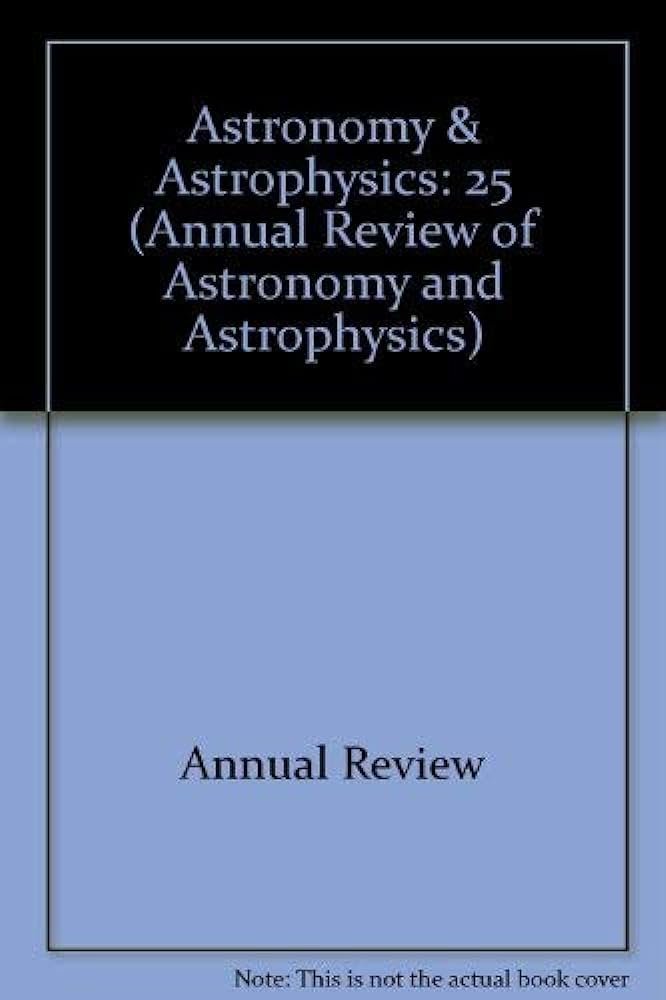星系凸起的化学动力学史
IF 32.5
1区 物理与天体物理
Q1 ASTRONOMY & ASTROPHYSICS
Annual Review of Astronomy and Astrophysics
Pub Date : 2018-05-03
DOI:10.1146/annurev-astro-081817-051826
引用次数: 102
摘要
星系凸起可以从单个恒星的大样本中进行独特的研究,因此对于理解凸起的恒星群体结构至关重要。本文综述了基于光度和光谱数据的关于凸出恒星群运动学、化学成分和年龄的观测证据。大部分凸出恒星年龄较大,金属丰度范围为-1.5≲[Fe/H]\8818\+0.5。恒星的数量和化学性质表明恒星形成的时间尺度低于~2Gyr。整个凸起是条形的,遵循圆柱形旋转,金属含量更高的恒星遵循盒子/花生(B/P)结构。动力学模型展示了富金属恒星和贫金属恒星不同的空间和轨道分布。我们基于动力学、化学、化学动力学和宇宙学模型讨论了当前凸起形成的场景。尽管取得了令人印象深刻的进展,但在宇宙学框架中,我们还没有一个成功的完全自洽的化学动力学凸起模型,我们还需要一个更广泛的恒星时间化学运动学3D图来更好地约束这些模型。本文章由计算机程序翻译,如有差异,请以英文原文为准。
Chemodynamical History of the Galactic Bulge
The Galactic Bulge can uniquely be studied from large samples of individual stars and is therefore of prime importance for understanding the stellar population structure of bulges in general. Here the observational evidence on the kinematics, chemical composition, and ages of Bulge stellar populations based on photometric and spectroscopic data is reviewed. The bulk of Bulge stars are old and span a metallicity range of −1.5≲[Fe/H]≲+0.5. Stellar populations and chemical properties suggest a star-formation timescale below ∼2 Gyr. The overall Bulge is barred and follows cylindrical rotation, and the more metal-rich stars trace a box/peanut (B/P) structure. Dyna-mical models demonstrate the different spatial and orbital distributions of metal-rich and metal-poor stars. We discuss current Bulge-formation scenarios based on dynamical, chemical, chemodynamical, and cosmological models. Despite impressive progress, we do not yet have a successful fully self-consistent chemodynamical Bulge model in the cosmological framework, and we will also need a more extensive chrono-chemical-kinematic 3D map of stars to better constrain such models.
求助全文
通过发布文献求助,成功后即可免费获取论文全文。
去求助
来源期刊

Annual Review of Astronomy and Astrophysics
地学天文-天文与天体物理
CiteScore
54.80
自引率
0.60%
发文量
14
期刊介绍:
The Annual Review of Astronomy and Astrophysics is covers significant developments in the field of astronomy and astrophysics including:The Sun,Solar system and extrasolar planets,Stars,Interstellar medium,Galaxy and galaxies,Active galactic nuclei,Cosmology,Instrumentation and techniques,
History of the development of new areas of research.
 求助内容:
求助内容: 应助结果提醒方式:
应助结果提醒方式:


